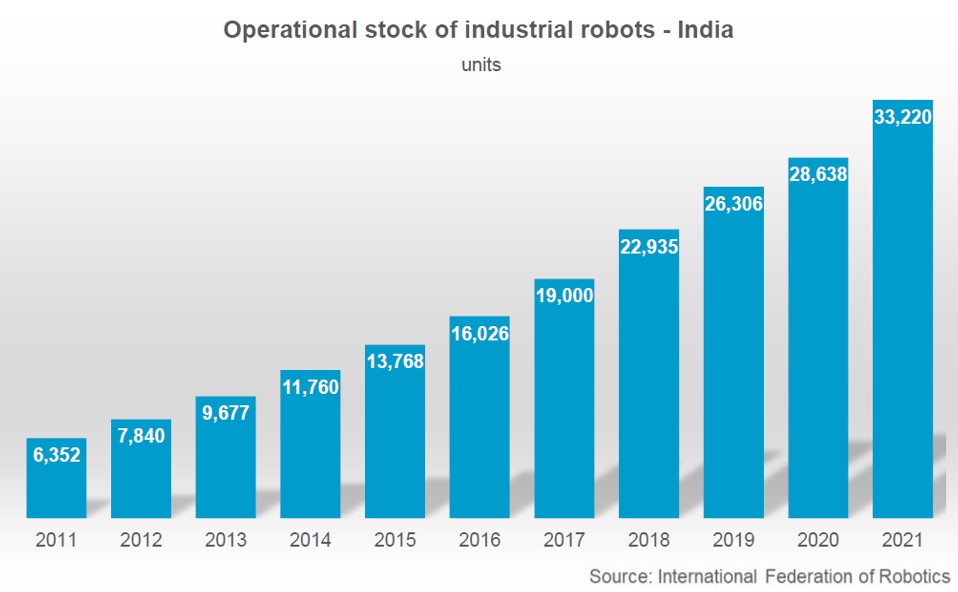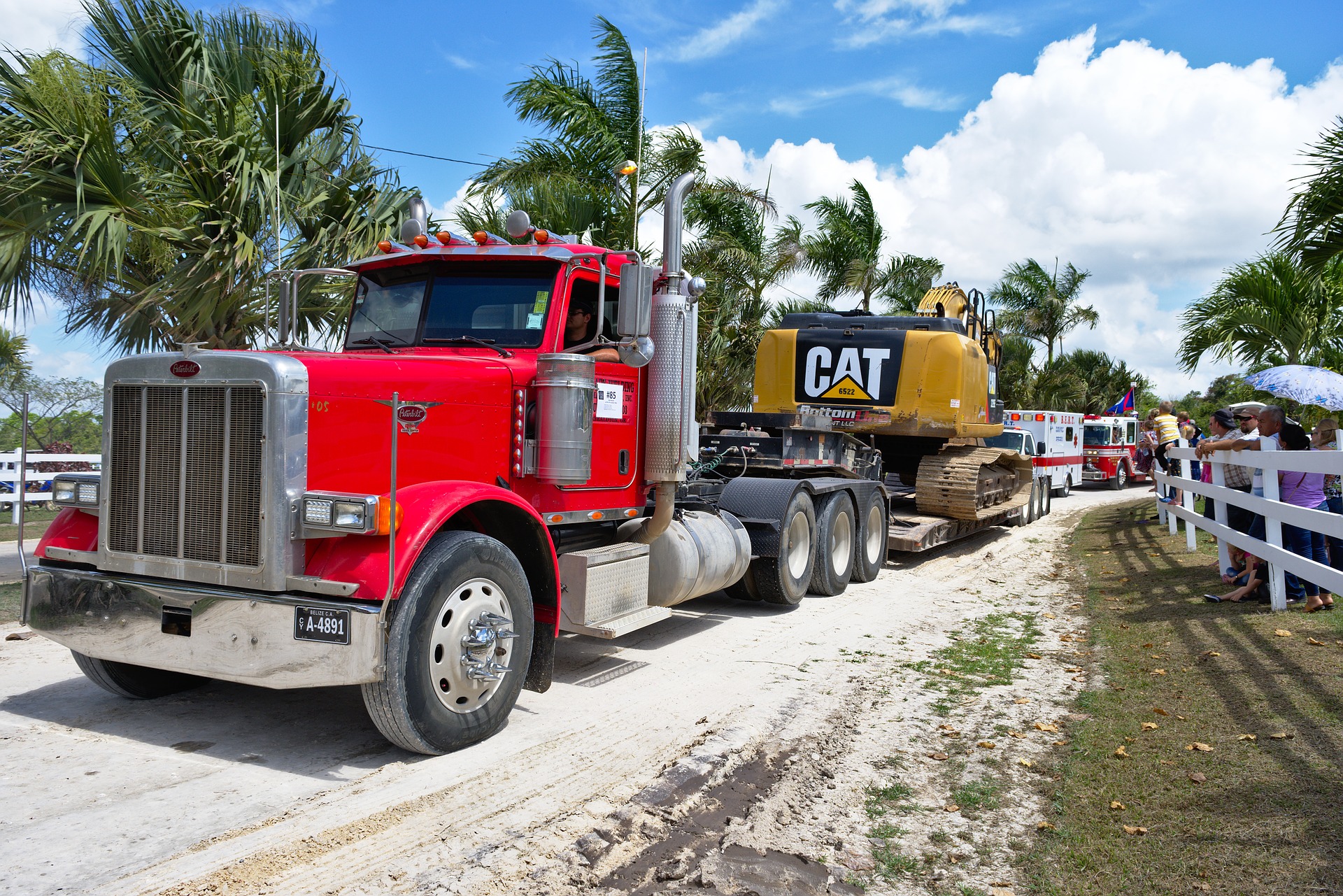Cut, Clean, Protect and Pack : A Learner’s Guide to Chemical Process Optimization
A Learner’s Guide to Chemical Process Optimization

Industrial technologies have rapidly developed since the Industrial Revolution, and technological progress during the 19th century had been significantly promoted by the great inventors of that century. Over the years, new technologies and methods have been developed through research and development. The advancements of both science and technology have resulted in incremental development and disruptive technology. The rise of technologies is a result of present day innovations in the varied fields of technology. These technologies combine power to achieve the same goals – productivity and cost reductions.
Chemical Process Optimization is a methodology in which all the interlinking chemical process steps of a plant are optimally coordinated with each other all the way from the design and development to actual implementation. CCPP (Cut Clean Protect and Pack) Solution Engineering is a unique approach which harmonizes technologies and expertise to create value. The overall objective of this proposition enables customers to delegate performance ownership of their operations right from raw material stage up to finished product stage to one partner. While they can focus on their core processes without worrying about the chemistries interacting with their parts, a team of experts from the partner works on a module to map, study, suggest and implement optimizations in processes, products and technologies.
The CCPP Solution Program begins with understanding Technical and Commercial needs. After in-depth study, chemistry expert team recommends cost effective process optimizations and value based product recommendations. A joint action plan is prepared for a Product Benefit Demonstration (PBD) and subsequent steps carried out by dedicated service team under the supervision of chemistry expert team and customer representatives. On completion of the PBD, technical teams manage replication and monitor success even after the PBD and Kaizen or continual improvement process is initiated.
Any solution should ensure
Tangible value benefit in productivity or CPC reduction
Integration with existing systems and processes
100% elimination of performance or quality problems
Economic usage of products
HSE (Health, Safety and Environment) and Environmental adherence
Ease of application, implementation and usage
Meeting the objectives of customer’s customer
Synergize qualitative improvements
Typically in manufacturing, a component journeys through various stages of operations right from raw material to finished goods. The first common step is actual component manufacturing by metal cutting/removal or forming. Additionally there can be processes, like hardening, quenching, buffing, plating, painting etc. Before the dispatch to the customer, these components are rust-protected and packed. To ensure efficient protection, the components surfaces need to be as clean as possible. All these operations involve usage of chemicals of diverse chemistries and at times several suppliers. Harmony between all these chemicals is crucial but often neglected till the time failures and rejections occur. Let’s talk about the four main stages and how to optimize and harmonize in bit more detail.
Cutting
Neat Cutting
In an era of ever-increasing speeds and loads and problem of mist and evaporation control, conventional mineral base oils are being replaced by superior refined base oils with higher saturated hydrocarbons and reduced sulphur contents.
Neat oil cutting technology embodies usage of Hydro Cracked Group II base oils which provides the basis of its superior anti-oxidation properties combined with chlorine free extreme pressure anti-wear additives in one single extraordinary process. Group II base oils are refined using a hydro-processing method known as “Hydrotreating” that reduces its sulphur content to less than 0.03% and increase its hydrocarbon saturation to levels of 90% and above.
Due to the inherent benefits of this most European machine manufacturers have approved the use of these oils in their machines.
Water-Soluble Cutting
HSE has always been a prime focus in Metal working industry. Over the years metalworking fluids have been one of constant changing chemistries. As new worker-safety rules that limit particulates, chlorinated paraffins, and exposure levels have taken effect, lubricant providers have had to significantly modify formulations.
The new age water-soluble fluids makes use of Advanced Surfactant Technology, buffer bio-stability technology and chlorine free ester based EP additives which are tuned to the different processes and types of metal.
‘Microemulsions’ formed by such water-soluble cutting fluids form significantly smaller oil particle sizes compared to conventional mineral-soluble oil or semi synthetic macro emulsions. These ‘micro-emulsions’, visually appear to be translucent, or even transparent and have inherent advantages of providing clean appearance, excellent corrosion protection, long life of cutting fluid, and cooling capabilities, good wetting properties and emulsion stability. They are also designed to increase sump life through slow release of buffer bio stability
and provide better skin friendliness. Additionally, speeds and feeds can be stepped up and better size control obtained.
The usage of these technologies usually results in cutting-tool life improvements by 1.2 to 4 times, cutting parameters intensifying by 20 to 60% and productivity increase by 10 to 50%.
Clean
Intermediate Cleaning or Parts cleaning is becoming more and more essential to many industrial processes, as a prelude to Painting, Plating, Phosphating, Assembly, Welding, Rust Protection and Packaging. In recent times with awareness amongst users, mild alkaline cleaners are being preferred over conventional high alkaline cleaners that are generally sodium or potassium hydroxide-based chemicals.
Water-soluble cleaners need to strike a fine balance of ingredients, structure and polar character of a cleaner to meet specific requirements of the industrial applications. Modern cleaners harness the abilities of multi-functional Power Surfactants (combinations of non-ionic and cationic surfactants) to deterge versatile organic and inorganic soils. These cleaners reduce the surface tension by adsorption at the liquid-gas interface. This dynamism induces superb cleaning effect without compromising on the critical factors for industrial applications such as foaming where bubbles are rapidly generated and need to be stabilized.
New age neutral cleaners also outperform
other conventional acidic and alkaline cleaners which have a tendency to cause surface
defects and leave residues which may be delirious to further downstream operations. Corrosion prevention, de-emulsification, buffer stability properties are introduced through addition of various specialized additives.
Protect
Several studies over the past 30 years have shown that cost of corrosion to industrial economy is quite high and it is approximately costs 3.1% to the country’s Gross Domestic Product. Today, as companies seek ways to reduce costs yet maintain quality in all stages of manufacture, storage and shipment, innovative solutions for corrosion control are a need of the hour. Typical Applications to protect metals from rusting are: In-Process, In-house storage, domestic Shipping and export shipping (mostly clubbed with VCI). The recommended application is through dipping, spraying or brush. There are certain factors governing the selection of protection products like metals to be protected, the duration of corrosion protection required, atmospheric conditions, ease of application, ease of removal, other factors such as aesthetics, coating film characteristics, process compatibility and cost versus performance objectives.
Corrosion is inevitable but with the modern advanced technology, we can prevent it. Effective and efficient protection products are based on the Contact Corrosion Inhibition Technology (CCI) giving excellent protection in areas of high
humidity and temperature. In conventional oils and greases, molecules lack polarity allowing oxidizing elements to permeate results in corrosion and rejection. Protection products with polar molecules create a barrier and do not allow any oxidizing elements to permeate which will increase the lifespan of a part, as well as reduce maintenance and replacement costs.
Vehicle bodies are constantly threatened by rust due to weather conditions peculiar to India, such as high temperature, humidity as well as salt damage due to seawater and tidal winds at coastal areas. Corrosion failure can occur despite other paints and coatings applied by the OEM’s. CCI waxes and coatings with polarity can provide long term protection to vehicle bodies.
Pack
Export packaging, OEM and JIT packaging, packaging for the replacement market, in
process protection, long term preservation
require the usage of VCI products. The main
benefits of the VCI Technology lie in its ability
to self-apply and dissipate and it is based on the combined principles of polarity and volatility.. When metals are in the vicinity of VCI products, the chemicals volatize in the ‘enclosed’ environment and form a protective molecular layer, which prevents moisture, salt, dirt, oxygen and other materials from depositing on the metals and inhibits corrosion. There are two main product categories VCI Papers and VCI Film.
The technology is based on the concept of volatility and polarity, where volatile “V” components are added to Corrosion Inhibiting “CI” Components. The VCI molecules align on the surface of the metal to a depth of 3-5 molecules and form a layer. This layer makes the surface passive and creates a barrier that prevents oxidation resulting in corrosion prevention for the required period of time
In addition to the VCI Technology as mentioned above, DAUBERT VCI Films are manufactured using a special multi-layer technology, which exceeds in performance in comparison with other available VCI Films in the market. The three layers are A. Moisture Barrier Layer, B. High Strength Layer and C. VCI Protection layer.
Following are the factors that influence the effectiveness of VCI Products
Quality of Corrosion inhibiting chemicals and their effectiveness on the metals.
Water solubility/effectiveness of the corrosion inhibitor in the presence of moisture and/or high humidity.
Ratio of chemicals in the formulation or Amount of VCI on the carrier (paper, poly, etc).
Carrier (natural neutral kraft paper or polyethylene film) used.
The overall packaging design and the conditions expected during packing, shipping and storing.
The chemicals industry sector is one of the most regulated (REACH, GHS/CLP, OSHA) as regards to the health, safety and environmental (HSE) protection, as well as climate change and energy issues. On the other hand, the users need cost effective high performance solutions which are in tandem with their own product technology advancements. The impetus is on the chemicals partner to provide a systematic approach in identifying and developing suitable solutions in tune with today’s quality and environmental responsibilities. It can be seen in the metal working fluids technologies moving to products based on natural gas, the cleanest-burning fossil fuel which is affordable, available and environmentally acceptable.
The ‘micro-emulsions’, visually appear to be translucent, or even transparent and have inherent advantages of providing clean appearance, excellent corrosion protection, long life of cutting fluid, and cooling capabilities, good wetting properties and emulsion stability.
Mr Balwant Bains, GM Product Management & Marketing, Zavenir Daubert India is Product marketing leader with a demonstrated track record of envisioning, building and launching new sustainable brands. Over 14 years techno-commercial B2B sales & marketing experience. The areas of domain expertise include chemicals, automotive and industrial products. In the past Mr Bains has worked with leading companies such as Castrol and Ashland.
Article was featured in Dynamic Manufacturing India magazine





